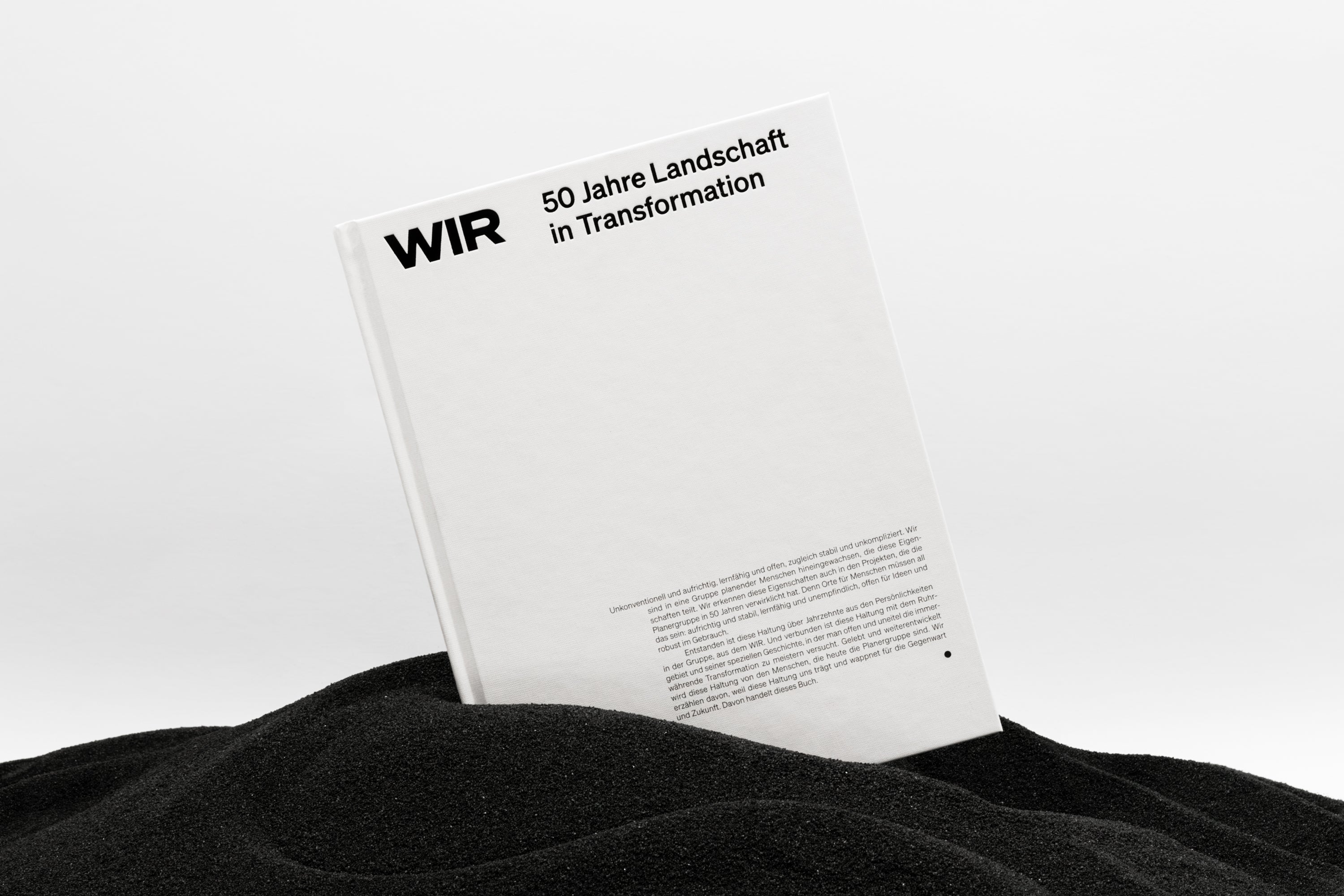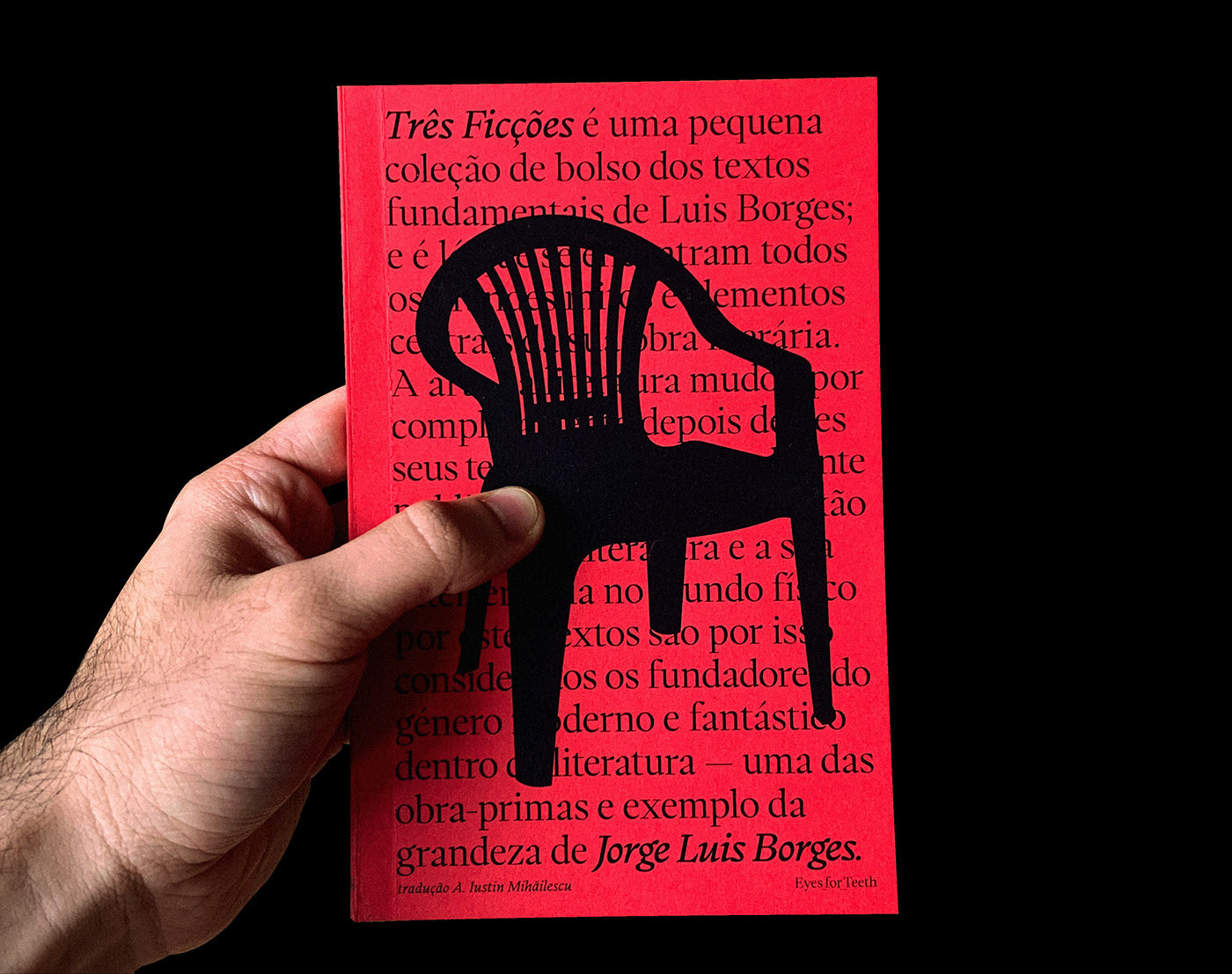Writer
Proportions, contrast, modulation and stress embodies Renaissance type of 16th Century.
Free to try
Licenses start at $40
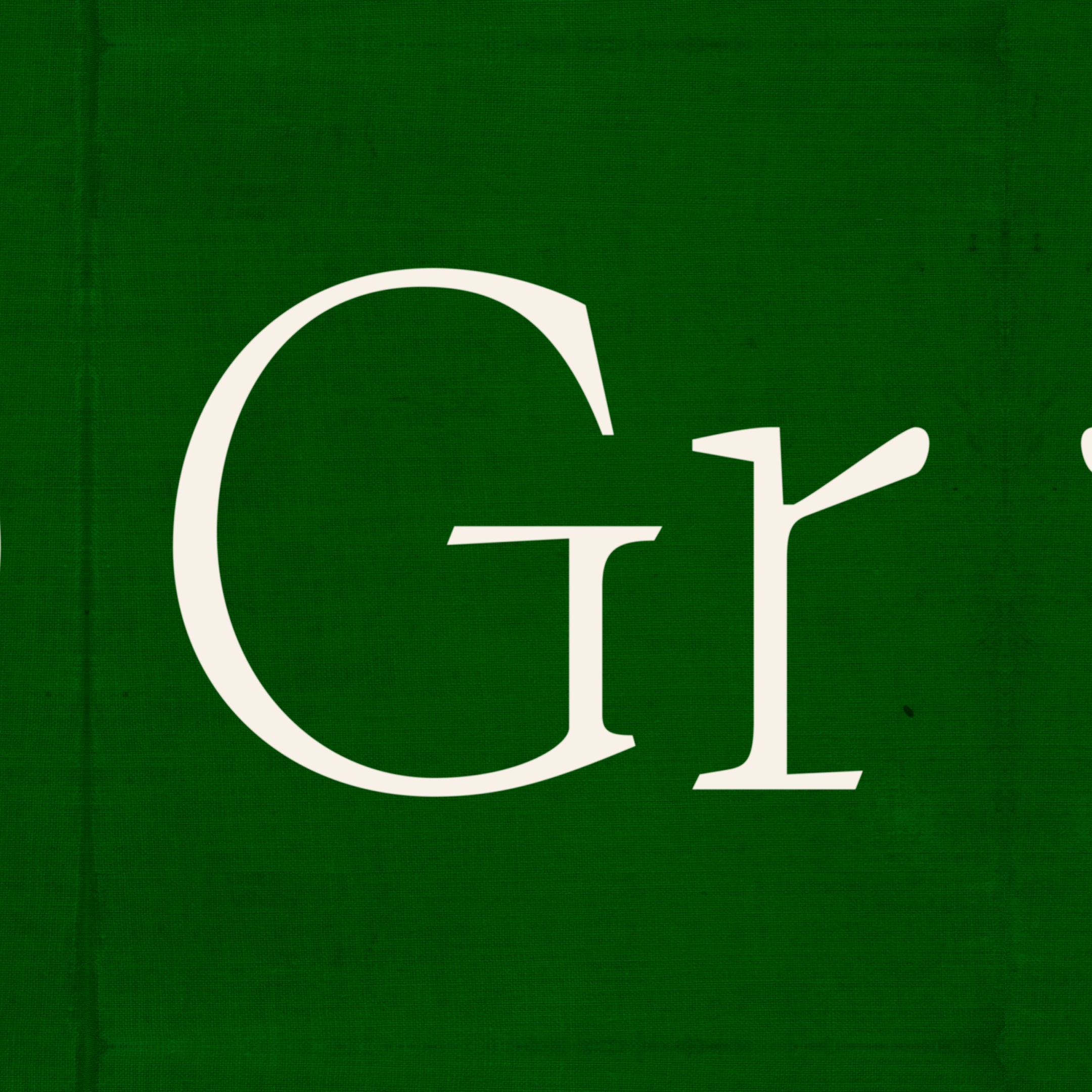
Writer style list
30 Styles
01234567
{(!@#$?&)}
01234567
{(!@#$?&)}
- Thin 100
- Ultralight 180
- Light 270
- Book 340
- Regular 400
- Medium 475
- Semibold 600
- Bold 700
- Ultrabold 800
- Black 900
- Thin Text 100
- Ultralight Text 180
- Light Text 270
- Book Text 340
- Regular Text 400
- Medium Text 475
- Semibold Text 600
- Bold Text 700
- Ultrabold Text 800
- Black Text 900
- Thin Italic 100
- Ultralight Italic 180
- Light Italic 270
- Book Italic 340
- Regular Italic 400
- Medium Italic 475
- Semibold Italic 600
- Bold Italic 700
- Ultrabold Italic 800
- Black Italic 900
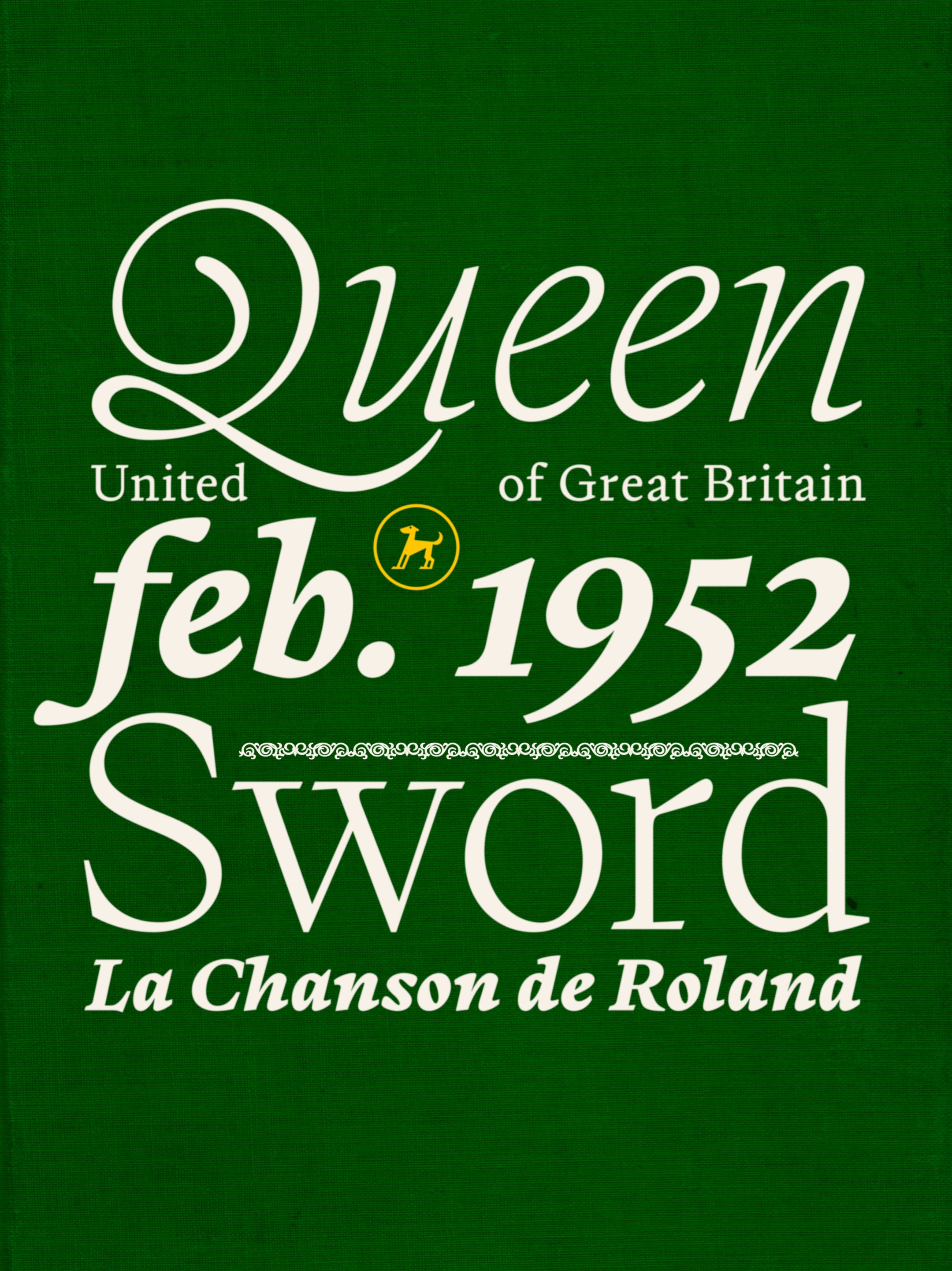
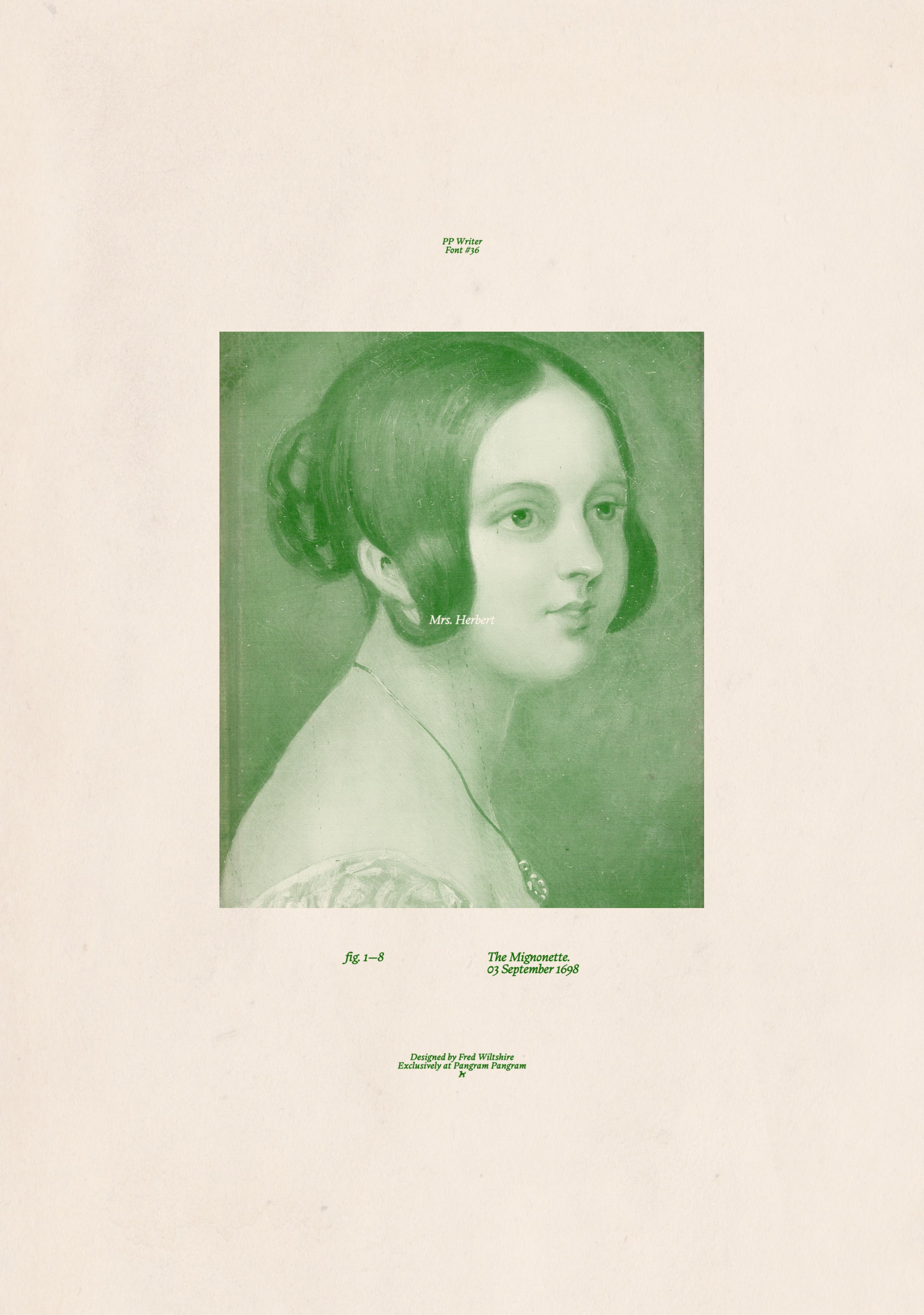
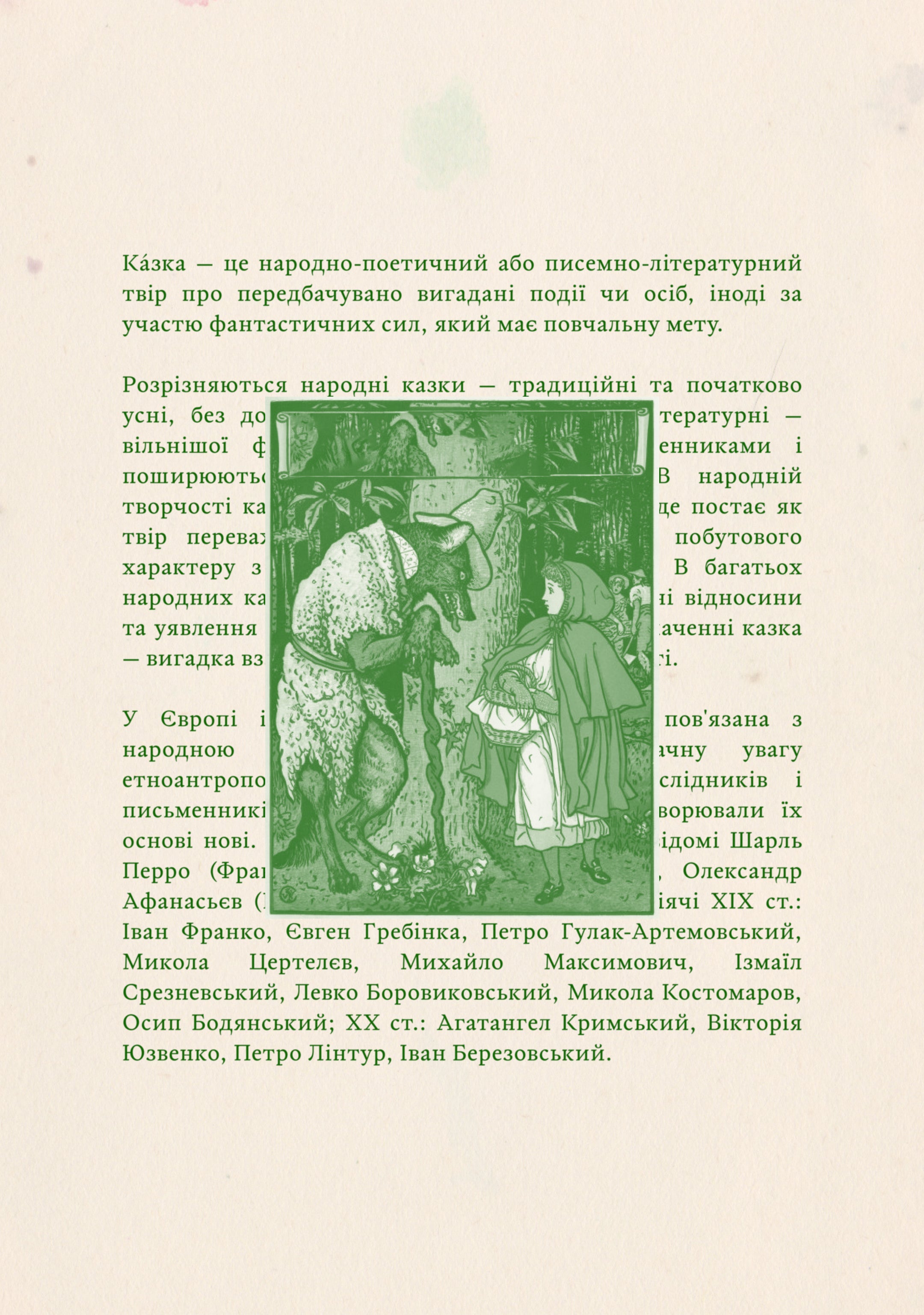
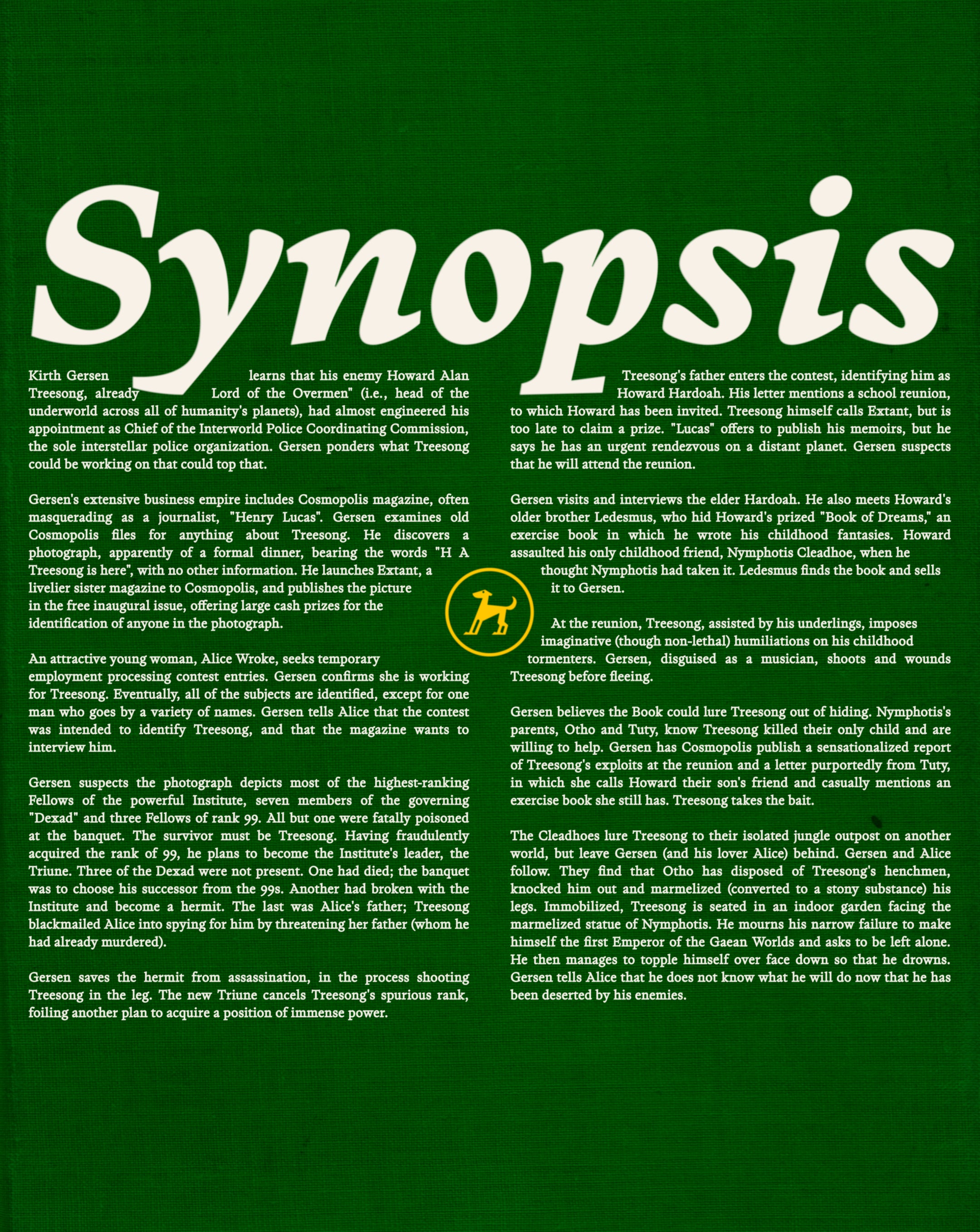
Writer
with Italics
Glyphs set overview
Glyphs set overview
Glyphs View
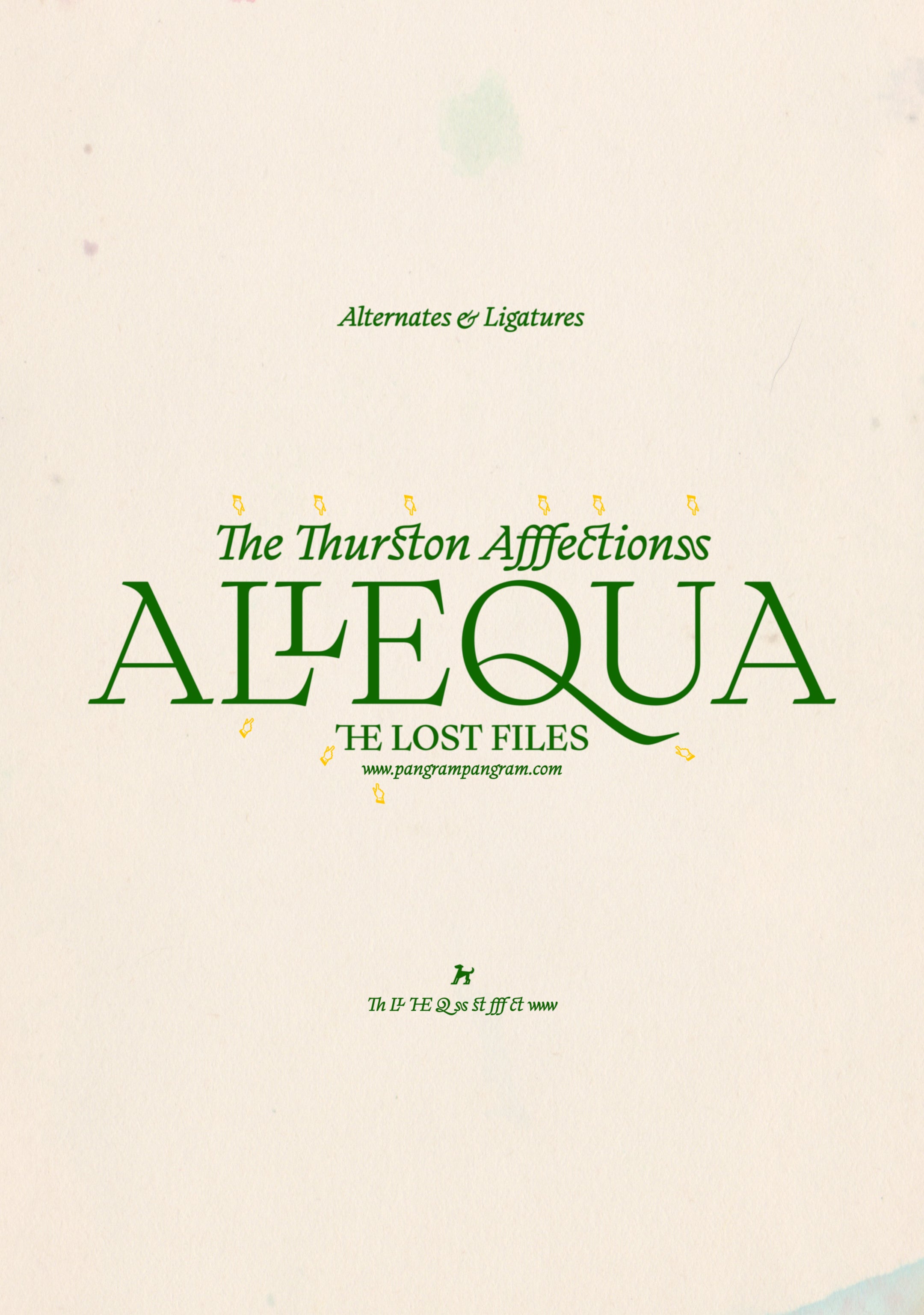
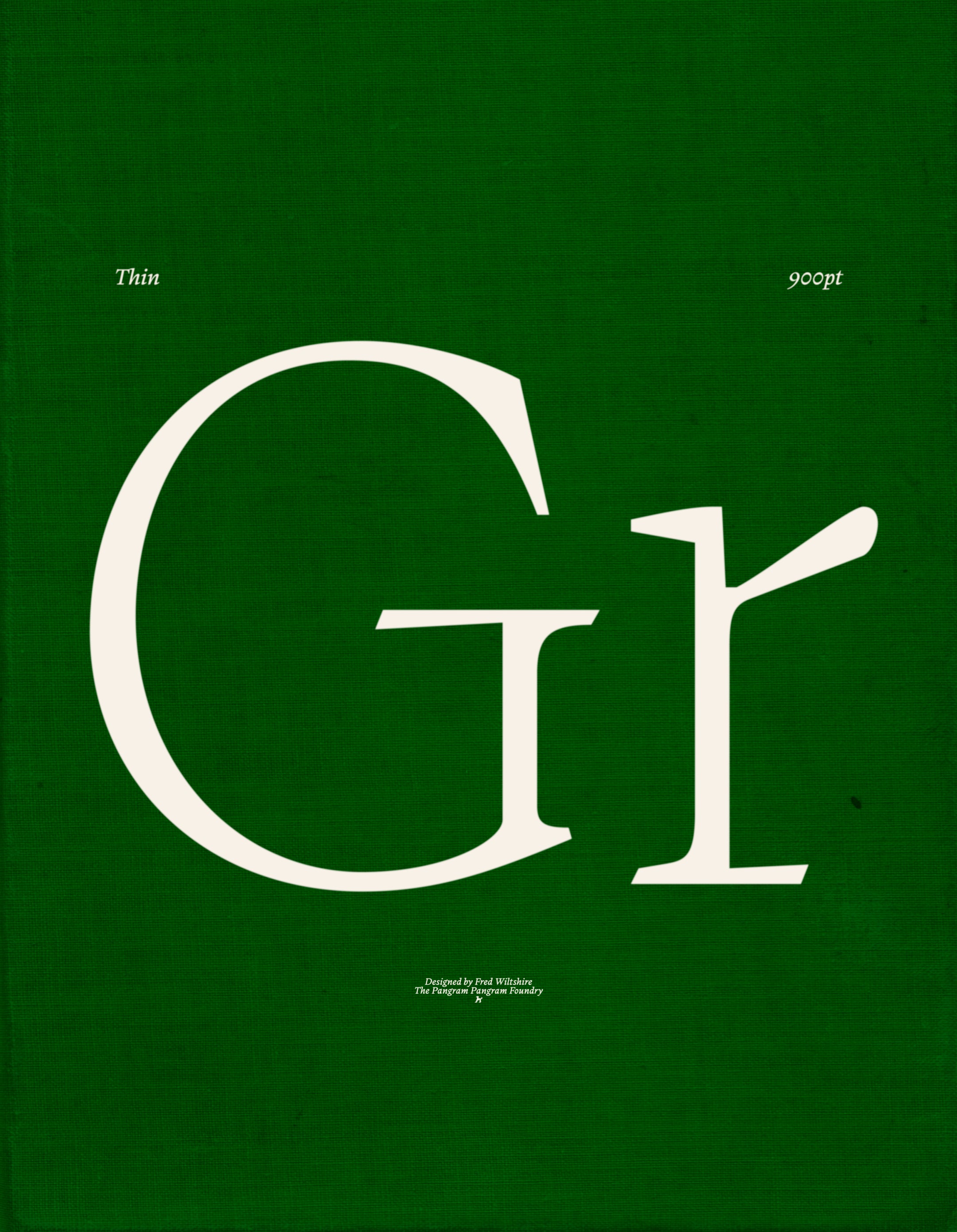
Writer's Features
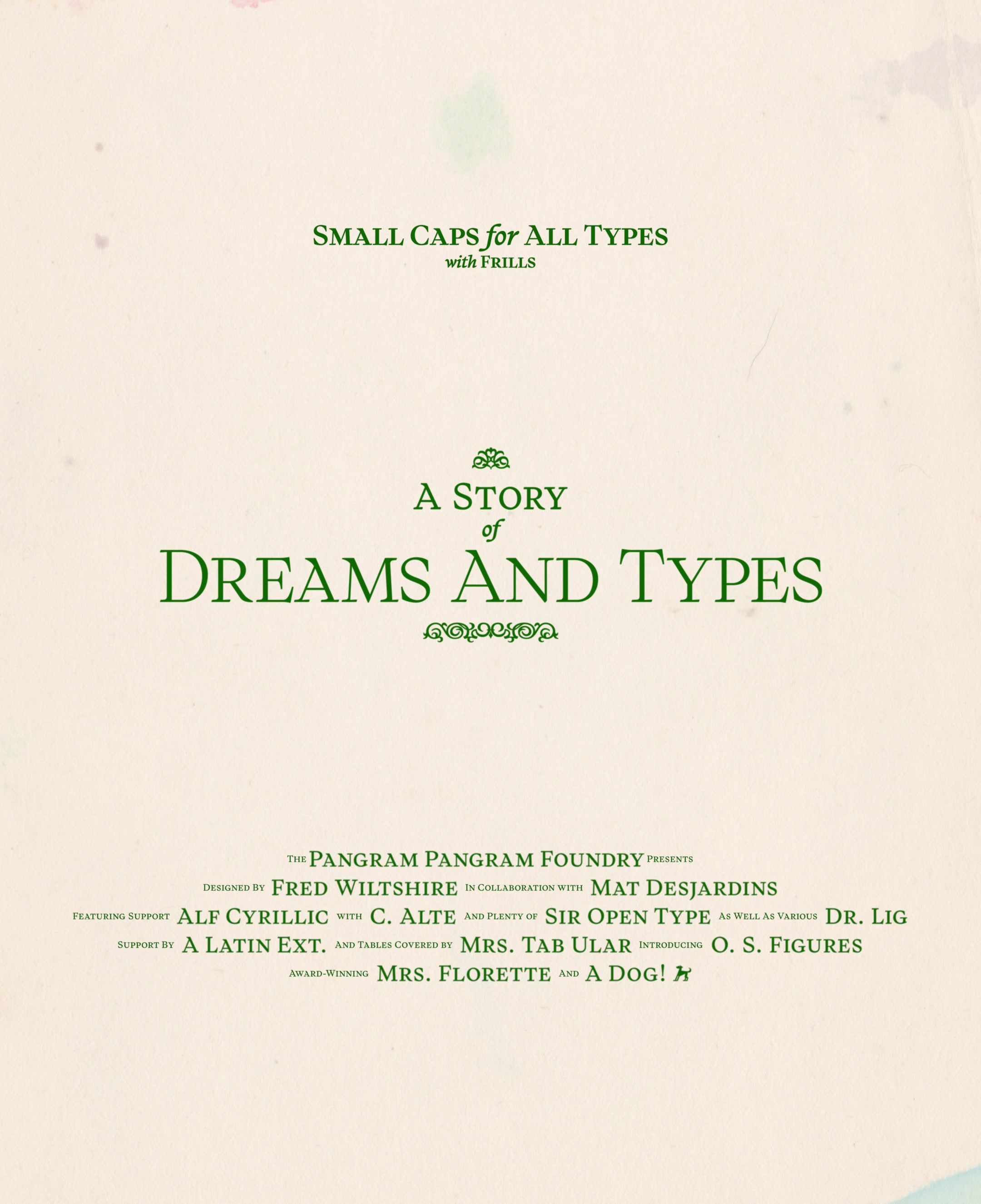
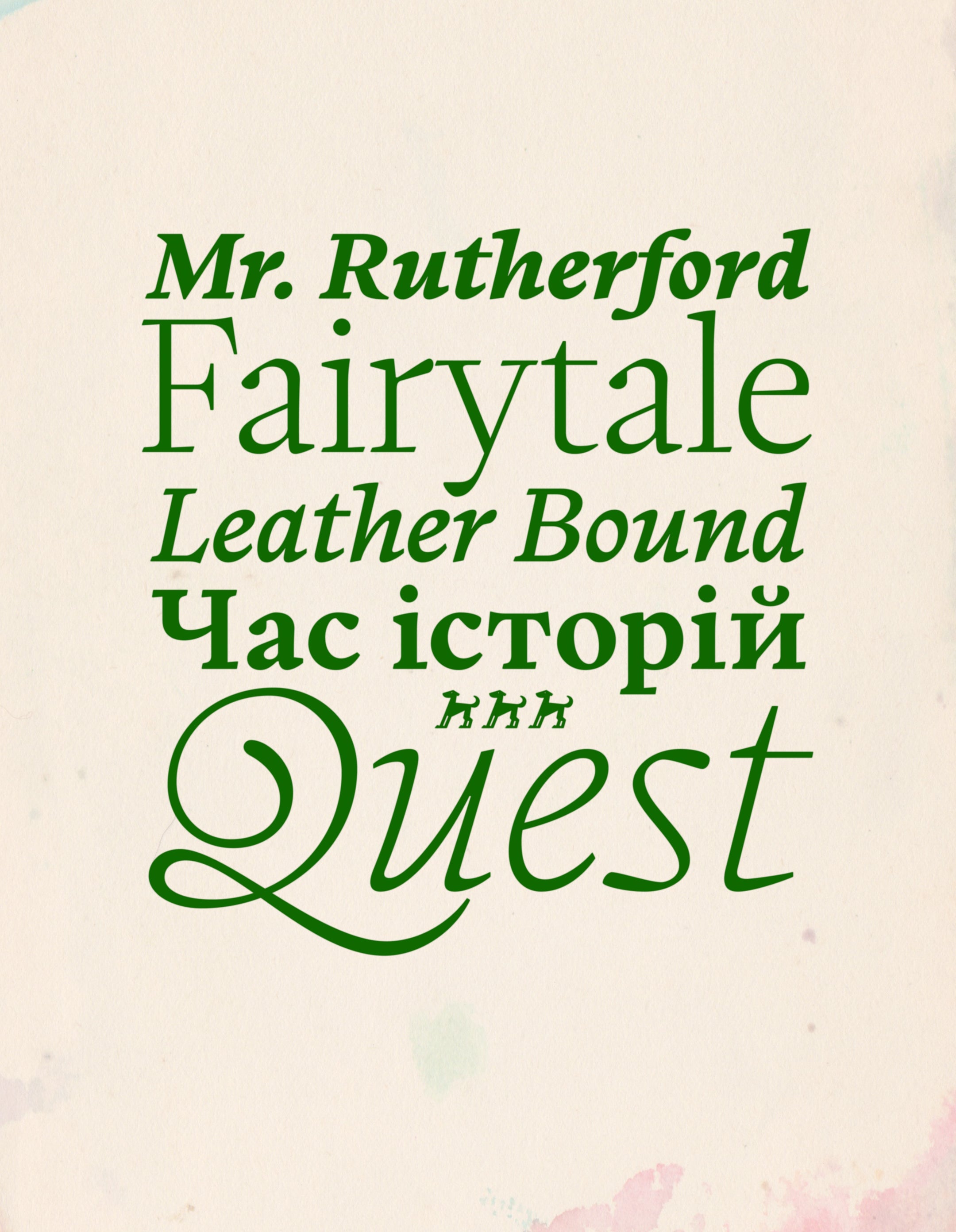
French Renaissance.
PP Writer is an elegant and dynamic serif drawing inspiration from French Renaissance type. It includes three cuts, text and display styles and a playful italic, and nine weights per cut. Each font includes 744 glyphs with a range of alternates, ornaments and much more. It is intended to provide the user with a legible, traditional text typeface for print and editorial usage. Writer Text is the workhorse of this typeface, its purpose is for text ranging between 6 and 14pt.
PP Writer's proportions, contrast, modulation and stress embodies Renaissance type of 16th Century. Although it is inspired by the past, it does not always stick to tradition. PP Writer has plenty of character and personality, pushing the Renaissance style into the 21st Century. It is a variation of the text style with different levels of contrast and sharper strokes. This style embellishes the characteristics of the text style, accentuating and exaggerating each stroke and serif. The Italic is a lively and characterful companion to the upright. It can blend into a piece of text, harmonizing seamlessly with the upright whilst still sufficiently standing out. The Cyrillic follows a similar aesthetic to the Latin, but does not ignore Cyrillic traditions. This is notable in the serifs found on the Tse or Sha, which disregards the Latin motif and prioritise Cyrillic tradition.
It’s a beautiful timeless piece bred from renaissance type drawings. You can feel the ink spill in the heavier weights, especially in the italics. It was dreamt to be a workhorse typeface giving you maximum breath of ability with its text, display and italic cuts.
Designers
Categories
- Cyrillic
- Display
- Italics
- Serif
- Text
- Variable
Styles
- 30 Styles
30 Styles with 744 Glyphs each
Including Italic & Text Cuts
With Cyrillic Support
Version
1.000
Latest update: September 2022
Available formats
OTF, TTF, WOFF, WOFF2
Language Support
Afrikaans, Basque, Breton, Bulgarian, Catalan, Croatian, Czech, Danish, Dutch, English, Estonian, Finnish, French, Gaelic, German, Hungarian, Icelandic, Indonesian, Irish, Italian, Latvian, Lituanian, Norwegian, Polish, Portuguese, Romanian, Russian, Saami, Serbian, Slovak, Slovenian, Spanish, Swahili, Swedish ... (and more)
Download PDF specimenCommercial Licenses
Not sure what to get? Or can’t find the right coverage?
Please contact us for our tailored corporate licenses!
Need more information about our licenses?
Our FAQ usually contains most of the answers.
